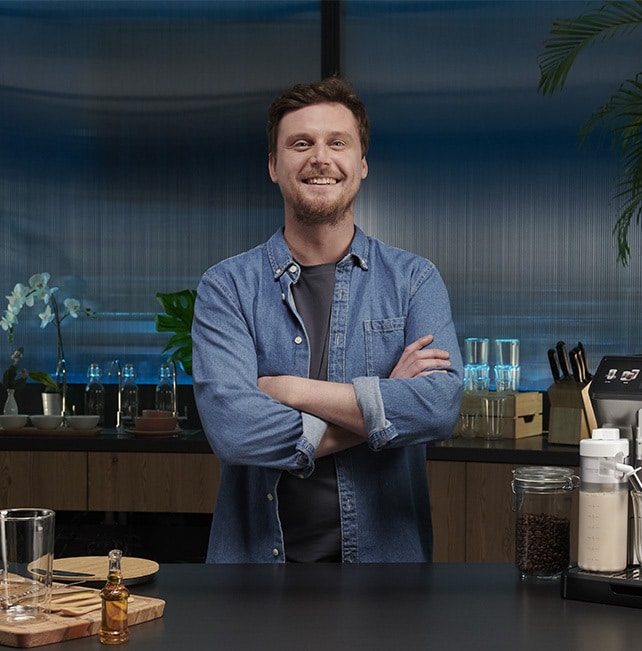
Trends & lifestyle
We find ourselves walking down the high street, and we fancy a cup of coffee. Oh no, it’s that dreadful feeling you get as you enter the coffee shop and glance up at the menu; ‘Flat White, Americano, Caffe Latte’. Please! What’s wrong with just offering a cup of coffee?
Let’s take a quick look at how the high street makes our coffees and decipher what we actually want. As complicated as the process looks, realistically, your Barista is only doing two things. Firstly, they’re pouring an espresso (the coffee) and, secondly, they’re heating milk. From these two operations, they can create every drink you see on your typical menu. However, we don’t understand the menu.
The menu is typically listed in popularity order, not helpful to help us make an informed decision, plus it’s written mainly in Italian.
Here’s your quick guide to all the drinks. We’ve put them in strength order, with the strongest at the top and the weakest coffee drinks at the bottom.
Coffee Menu
| Coffee | Meaning / Translation | Description |
| Ristretto | Restricted | ‘short shot’ of a more highly concentrated espresso coffee |
| Espresso | espresso is a 30ml shot of coffee | |
| Espresso Macchiato | marked or stained | espresso with a dash of milk / foam |
| Cortado | to cut / chopped | espresso and the same amount of milk (30ml) |
| Flat White | double shot espresso with 120ml milk approx | |
| Cappuccino | hood / cowl | espresso, milk and foam |
| Caffè Latte | milky coffee | espresso and milk |
| Latte Macchiato | stained milk | pour your espresso into the hot milk, staining the milk |
| Americans | espresso and hot water | |
| White Americano | espresso, hot water and a touch of milk | |
| Caffè Mocha | hot chocolate with an espresso | |
| Hot Chocolate |
Taking the drinks in order, it’s the ratio of espresso to milk that varies. For example, Cortado is 1: 1, and Caffe Latte is 1: 7.
In the UK, we are known as a tea-drinking nation, and that’s a fair comment as we drink nearly twice as many cups of tea as coffee. However, at 90 million cups of coffee consumed daily, this isn’t an insignificant amount.
About 78% of all coffees consumed in British households are instant coffees, a coffee that has been filtered and often freeze-dried, and we add hot water to re-hydrate it. Therefore, most of our coffees are long and black, and we might add milk to taste or cool it down. This drink is the Americano, or if you want a little milk, it is a White Americano.
On a cold and miserable day, you can’t beat heating up milk and spoiling yourself with an excellent milky coffee, a Caffè Latte.
So why do we seem to want a Cappuccino? Sometimes it’s as simple as we recognize the word but do we actually want a slightly stronger coffee?
Where does a Flat White come from? We can thank our Antipodean cousins for this. One of the many changes that has been happening in the coffee industry is the change in the length of time the coffee is roasted, and it has become much shorter in time which allows for certain coffees to release their delicacies. These flavours are often lost in the milk, so this small but strong coffee has picked up in popularity.
Then we have the Caffè Mocha, a Hot Chocolate with an Espresso added, an excellent way for non-coffee drinkers to enter the world of Espresso.
The next time you walk into a coffee shop, it will feel like the menu has been re-written in a language you understand, and, with confidence, you will order the coffee you want.




Testo vario
Join us
Policies
Support